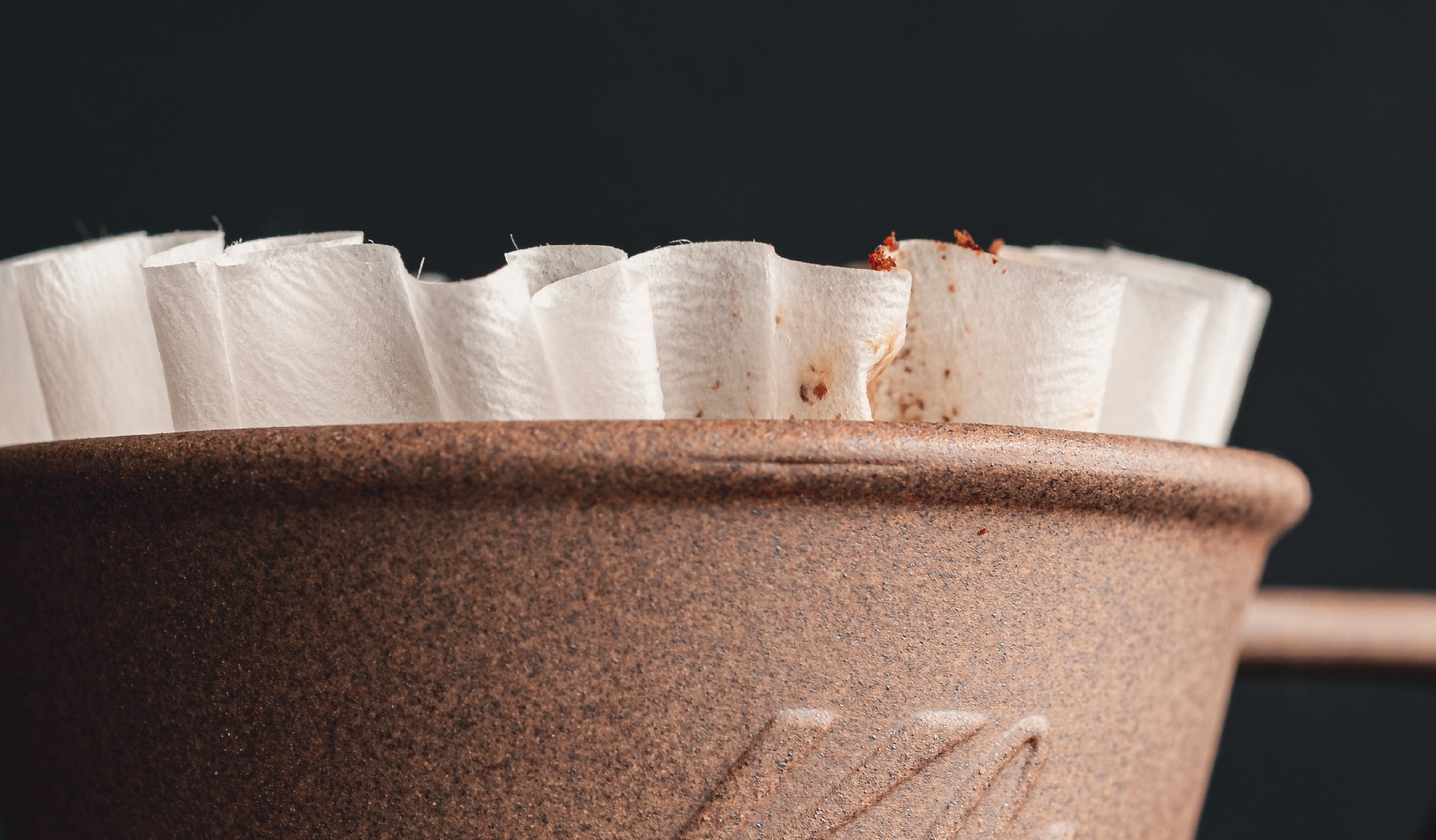Understanding the different filter paper qualities.
When brewing coffee, people often trade information about one another’s setups. While conversations include the kettles one uses, the selection of drippers, grinders of choice and even the pouring method, ironically, these conversations that dig deeper into equipment often commonly exclude one aspect that seems to have a direct impact on the taste of the coffee: filter papers.
The wide variety of drippers that are available in the market today can generally be categorised into two main groups based on the filter papers they utilise: flatbed brewers, or conical ones.
While there are different flatbed brewers in the market, such as the Fellow Stagg filter papers, Sibarist FLAT FAST Specialty coffee filters, and the widely known Kalita Wave filter papers, each is slightly different and cannot be used in an apple-to-apple comparison of impact on coffee quality.
Conical brewers, on the other hand, serve as a good common ground for comparison of the qualities of a filter paper. Regardless of the type and origin of conical filter papers, they all appear in the same shape and size, and are suited for use in the same dripper.
This will hence be where we begin our discussion. Before we look at how each filter paper affects the final cup, it helps to first understand how filter papers differ from one another.
Understanding the qualities of a filter paper
Filter papers often differ across the thickness of the paper, the type of paper used, as well as the individual quality of the paper. Some aspects are controlled by the production choices, while others are generally guided by the choice of raw materials used.
A simplified understanding behind the internal mechanisms of filter papers is that they allow liquids to pass through microscopic pores in the paper, while keeping any unwanted solids such as coffee grounds in the filter itself.
In The Physics of Filter Coffee, Gagne analysed the various filter papers currently offered in the market under the microscope, and found that while most papers had similar distributions of pore sizes, they were each slightly different. These variances heavily depend on the individual quality of the paper pulp that was sourced, and the processing of the paper (bleached or unbleached). In turn, these pore distributions play a significant role in determining the flow rate of the liquid through the filter paper.
The thickness and density of the paper used, and the type of paper (creped vs normal), all have an impact on the pore distribution present in the filter paper. A thicker paper that is less dense (i.e., not compressed so tightly) results in slightly spaced out pores that tend to encourage flow rate, while a thinner and denser paper slows the flow of coffee through the filter paper.
However, when papers are of equal density, it goes without saying that a thicker paper will provide much smaller holes in the filter paper from the increased layers of paper stacked together, as compared to a thinner paper.
As for the type of paper that is being used, crepe paper, which has been crimped during the process of production, essentially has more paper used in the same surface area when compared to a plain piece of paper. An increased surface area allows for more pores to be present, allowing fluids to pass through more easily.
Comparing the available options
There is an abundance of conical filter papers in the market. For brewers who may not have tried them all, it might be something of a conundrum to choose a filter paper for home use.
To aid in decision-making, we put together a breakdown of commonly found options and their measured characteristics:
- There are two distinct types of Hario filter papers - the untabbed filters come in cardboard boxed packaging, while the tabbed filters come in a plastic packaging. More information can be found in a James Hoffman video here.
As we can tell, not all filter papers are made to the same specifications. To then determine the differences in performance between each filter, we measured the time taken for 180g of coffee to drip from a Hario Switch brew, with a ratio of 15g of coffee to 225g of water.
As purported, the Sibarist indeed allows for the quickest flow rate of water – far quicker than any of the others.
On the opposite end, the two filters that took the longest amount of time to reach the targeted coffee output amounts were the single-sided crepe filters CAFEC TH2 and Hario (with tabs). This is also consistent with our expectations of filters that are made of non-crepe papers having less surface area on one side, thereby restricting the comparative flow of liquids through the paper when compared against filter papers that are made from dual-sided crepe papers.
The performance of the rest of the filter papers are very similar. While there may be potential differences in taste, the selected method of experimentation conducted with the use of immersion extraction greatly minimised differences in taste across cups.
However, practically speaking, aside from the 3 exceptional filter papers mentioned above – Sibarist, CAFEC TH2 and Hario (with tabs) – choosing between the rest of the filter papers is a more a matter of preference and convenience than outright physical differences, best answered by trying each paper and deciding for yourself.
Unfiltered Thoughts
The world of filter papers is vast, with choices much more than the options that we have compared in this journal. The filter papers we feature are the most commonly found in the market, and the choices that we deem relatable for the everyday home brewer.
There are, of course, aspects that we did not cover in this piece, including the realm of unbleached, brown paper filters, as well as the effects of filter paper characteristics on the common phenomenon of choking / clogging of the brew bed.
Despite the possible benefits of producing unbleached paper compared to having to bleach the paper fibers, it is undeniable that unbleached filter papers impart a papery taste to the coffee. While a generous pre-wetting can help to mitigate this problem, it is one that we would rather not have, which can be achieved by the simple act of only purchasing bleached, white filter papers.
While the choice of filter paper often plays a significant role in choking, the choking of the brew bed is often a result of the combination of the filter paper used and the choice of coffee beans. Having darker roasted beans with a drier, rigid cell structure creates more fines when grinding, which can often lead to choking in a brew bed.
This outcome is often more than just something we can look to adjust with our choice of filter paper alone – from one bag of beans to the next, it is unlikely that they will experience choking in the brew bed to the same extent, if any. Adapting our brewing to account for a slight choke, or perhaps even changing our brewing recipes, might be more straightforward methods to address this phenomenon, while continuing to produce a tasty cup.
Journal article by Homeground Coffee Roasters.
Journal Archive

Milk in World Barista Competitions
An overview of milk concentration methods in coffee competition, focusing on freezing techniques that enhance milk's qualities for great coffee beverages.

How Coffee Cup Colours Affect Your Drinking Experience
Cross-modal perception of colours on the taste of coffee
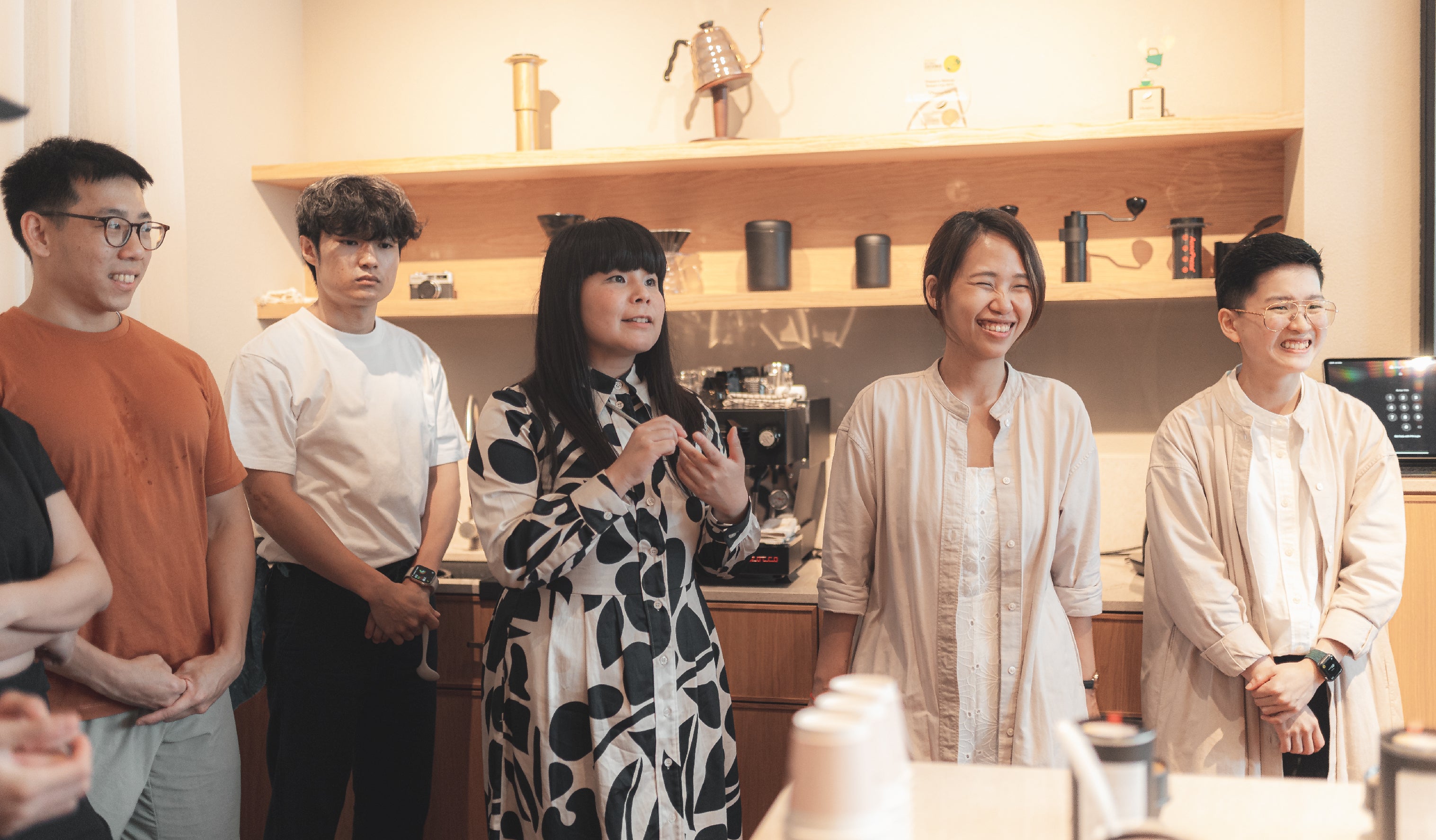
Learning to enjoy more
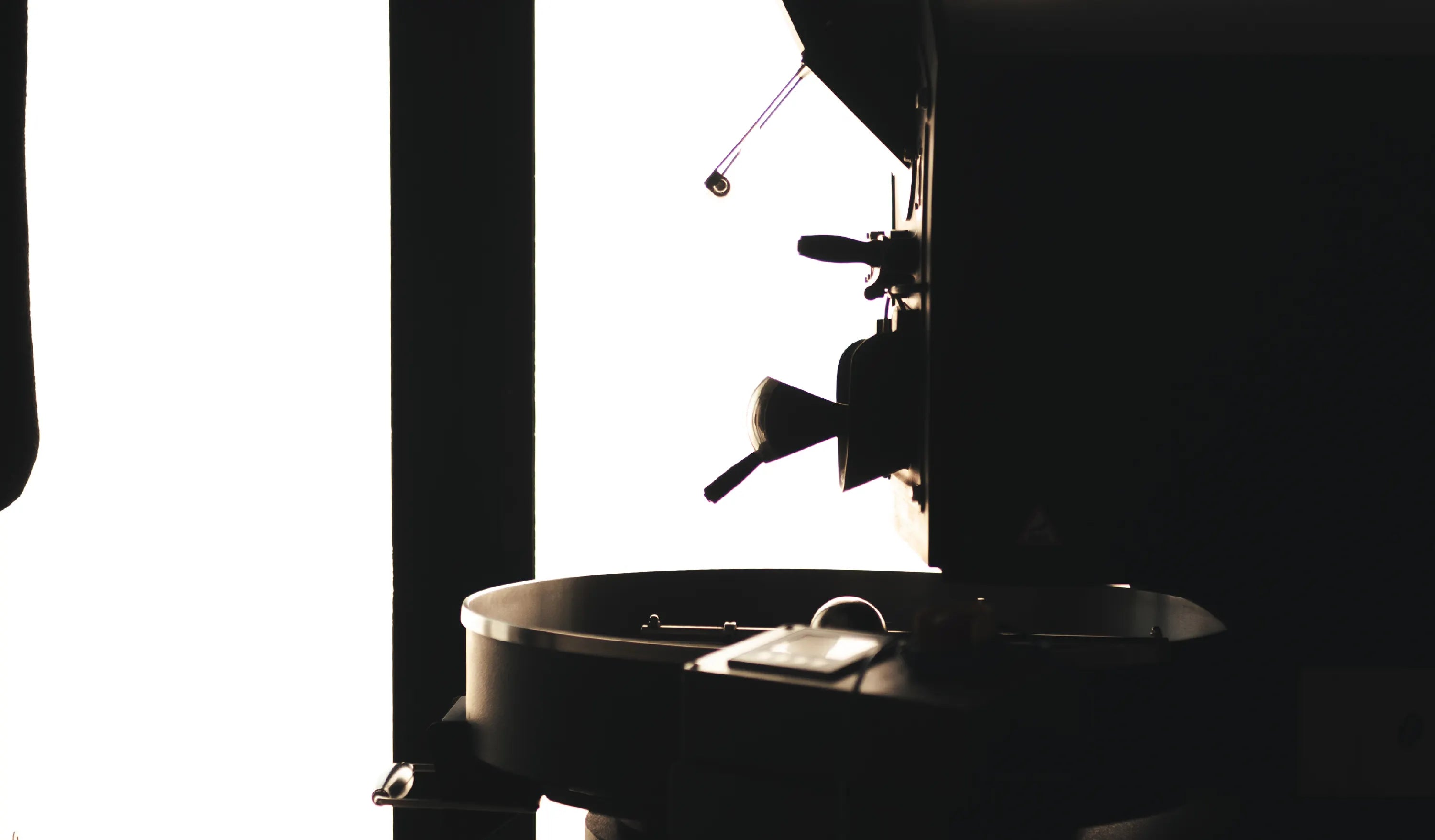
Same Coffees Everywhere, All at Once
Why do local specialty coffee shops serve the same coffees?
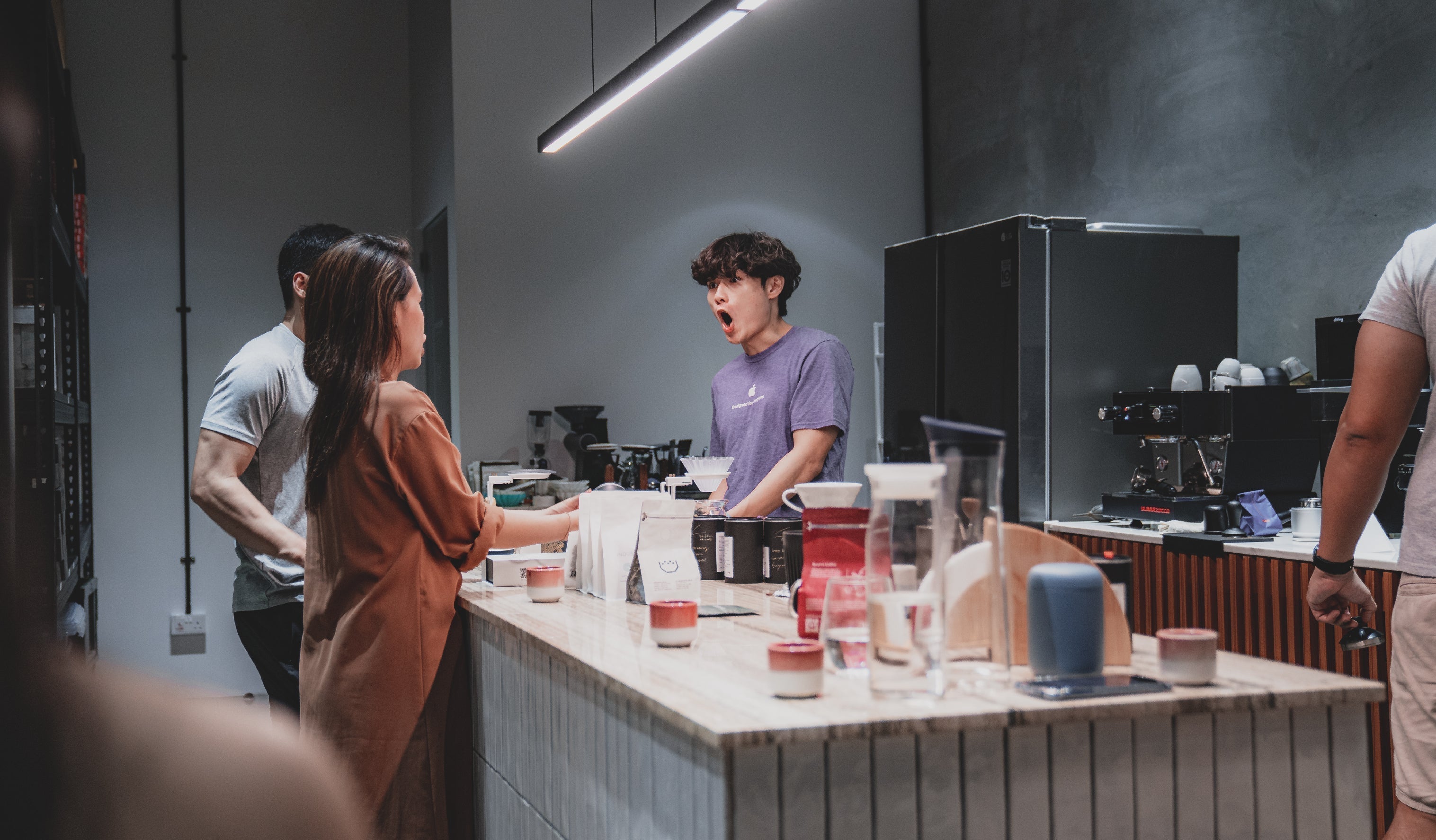
A study of unexpected coffee production nations
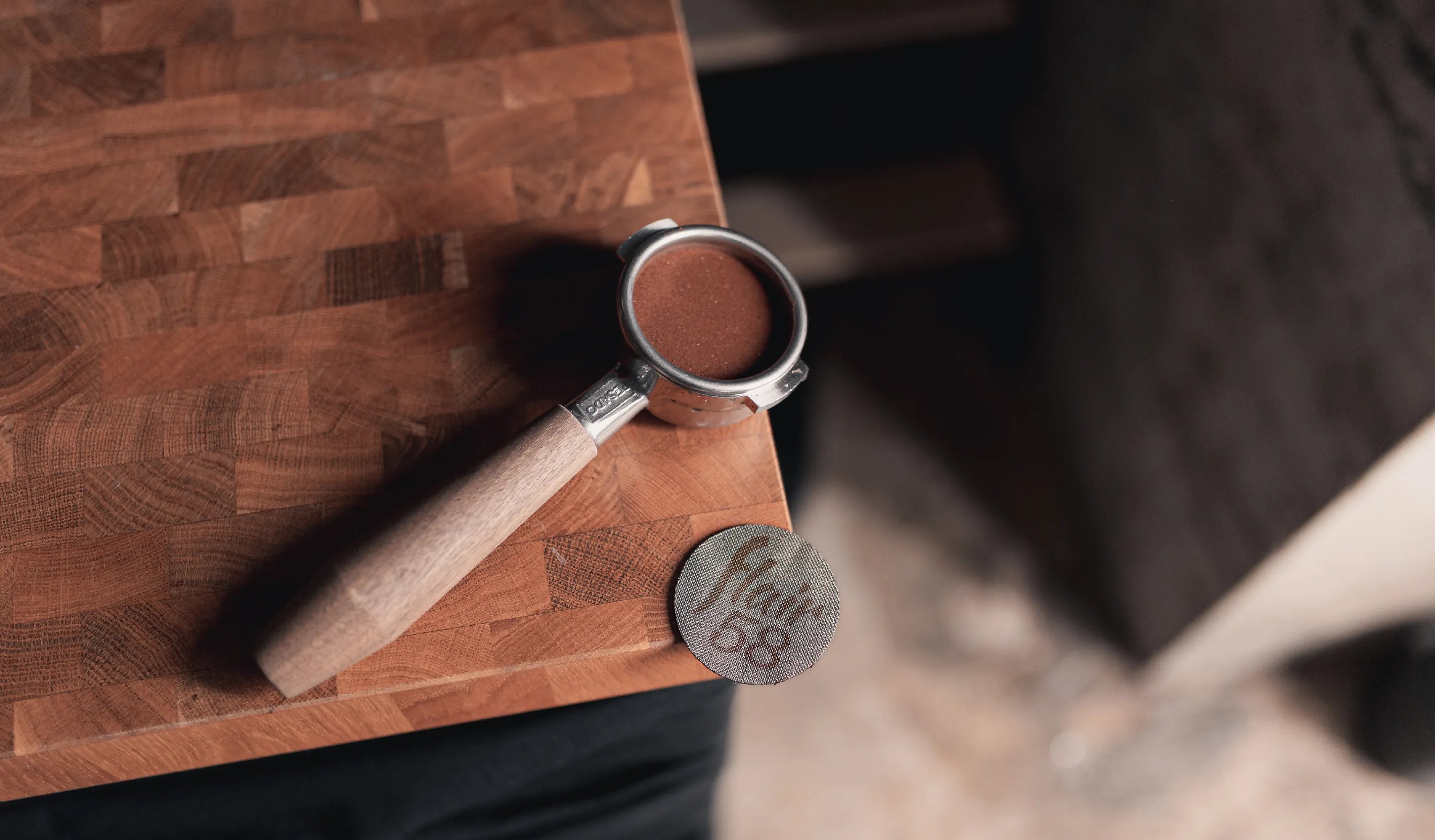
A low down on using puck screens for espresso machines


